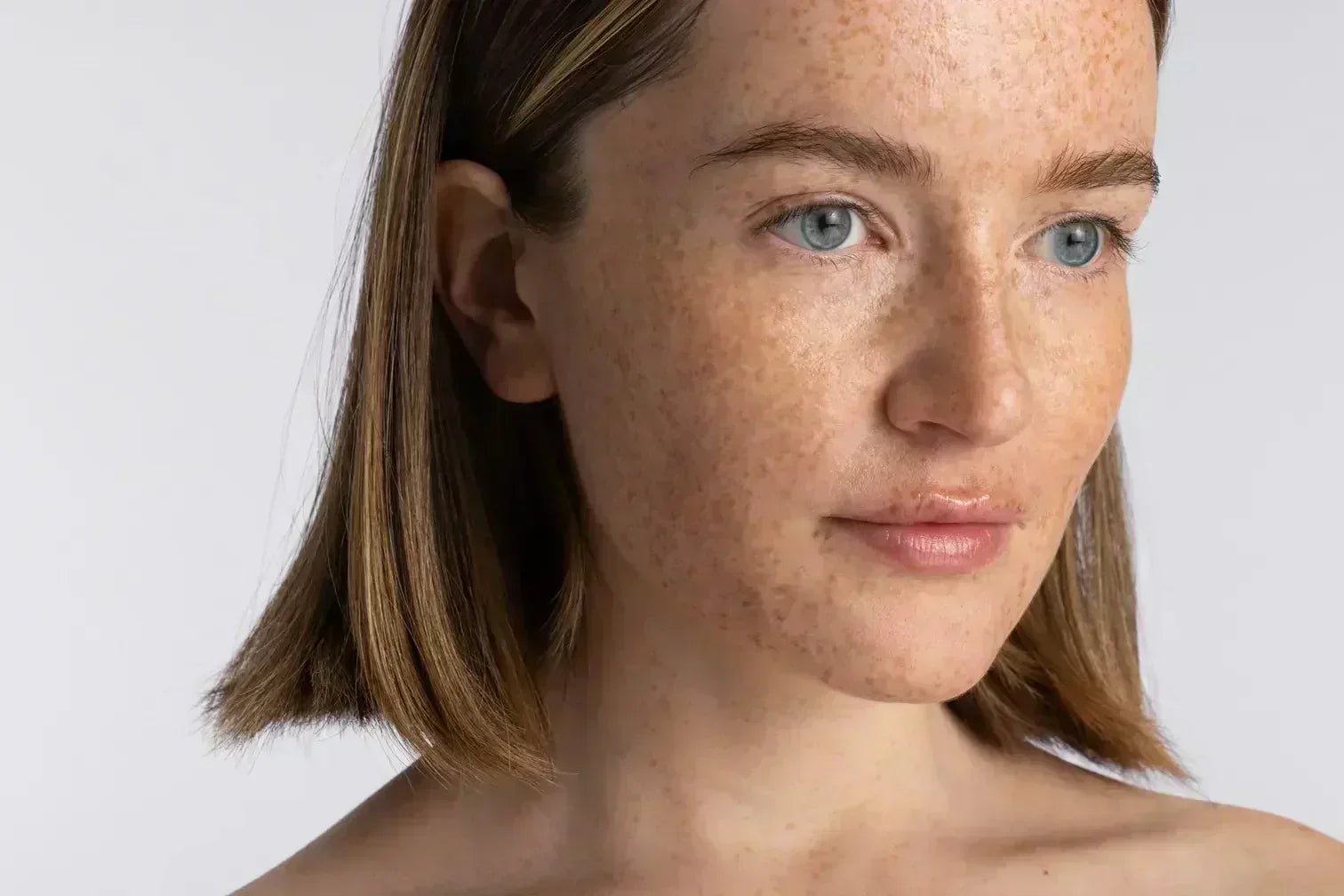What is the hypodermis?
Sometimes referred to as the subcutaneous layer, the hypodermis ultimately plays a supportive role for the top layers of the skin. The hypodermis is comprised of a network of connective tissue, fat cells (adipocytes), and blood vessels. It serves as a vital component of the physical protective barrier formed by our skin . 1
Location of the hypodermis
Situated below the dermis, the hypodermis extends throughout the body, enveloping it like a supportive, protective blanket. This subcutaneous layer varies in thickness from person to person based on factors such as age and genetics . 2
Hypodermal thickness also varies based on the region of the body. In some areas, like the soles of the feet and the palms of the hands, it is exceedingly thin, while in others, such as the buttocks and abdomen, it can be substantially thicker . 3 Its ubiquitous presence and adaptability make the hypodermis a key player in the body's overall structural makeup.
Structure of hypodermis
The structure of the hypodermis is characterized by its composition of adipose (fat) tissue and various connective tissues, including collagen and elastin fibers. Adipocytes within the hypodermis store energy in the form of a type of fat called triglycerides. Triglycerides can be utilized by the body as a source of fuel when needed . 4Blood vesselswithin the hypodermis also play a pivotal role in nutrient and oxygen exchange between the skin and underlying tissues.
Function of hypodermis
- Protection: One of the primary functions of the hypodermis layer is to serve as a protective cushion for the underlying muscles, bones, and organs. The adipose tissue that the hypodermis is made of acts as a shock absorber, dissipating external forces and preventing injury to the deepest layer of tissues like the stratum basale. In areas that require more protection like the abdomen and thighs, it can be over 3cm deep. 3
-
Connection: Beyond its protective function, the hypodermis plays a crucial role in connecting the skin to the underlying tissues. The hypodermis acts as the anchor where connective tissues can attach without restricting movement and flexibility of the skin. 3
-
Insulation: Another vital function of the hypodermis is insulation. The layer of fat within this subcutaneous tissue helps regulate body temperature by providing insulation against heat loss. It acts as a thermal buffer, helping to maintain the body's core temperature and protect it from external temperature fluctuations.5
How to protect hypodermis and keep skin healthy
Minimizing UV exposure
High levels of UV radiation can damage skin cells and the internal structure of the skin within the hypodermis . 6 Up to 90% of the visible signs of skin aging can be caused by sun damage . 7 Try to avoid UV exposure during peak UV hours by covering up or staying indoors. Adequate sun protection throughout the day, including sunscreen during winter and on cloudy days, is key to skin health and preventing premature skin aging. (Read more about how sunscreen works to protect your skin here!)
Not all sunscreens are created equal. OneSkin’s new OS-01 FACE SPF provides broad-spectrum SPF 30+ protection with active ingredients such as zinc oxide and the OS-01 peptide. OS-01 FACE SPF not only protects skin from advanced UV aging with 100% Non-nano Mineral Broad Spectrum UV filters and potent antioxidants, it is scientifically proven to reduce the effects of UV-induced aging!
Stay hydrated
Staying hydrated prevents the skin from drying out and promotes optimal cell function, especially in the deepest layer of skin. Yet, as we age our skin loses the ability to keep itself hydrated and protected. When the hypodermis is not properly hydrated it is more likely to reveal signs of wrinkling and aging. The rest of the skin rests upon the hypodermis; when it begins to shrink with age, the unsupported skin will sag and wrinkle . 8,9 Incorporate a peptide moisturizer or a peptide body lotion into your daily skin care routine to keep the hypodermis healthy. Topical skin care products that promote a strengthened skin barrier can give your skin an extra boost in retaining moisture!
Maintain a balanced diet
The skin needs nutrients like vitamins A, C and E, as well as omega-3 fatty acids that cannot be synthesized by the body and must be consumed through foods like fish, meat, dairy, fruit, and legumes. 10 A lack of any of these nutrients or antioxidants compromises the skin's ability to stretch, repair itself, and maintain proper hydration.
- Often overshadowed by the dermis and epidermis, the hypodermis is a critical component of the skin with vital functions for our overall health.
- The hypodermis, also known as the subcutaneous layer, is primarily composed of adipose tissue and connective tissue.
- The hypodermis serves three main functions in skin function: Protection, Connection, and Insulation.
- To maintain a healthy hypodermis and overall skin health, consider the following: minimize UV exposure, stay hydrated, and maintain a balanced diet.
- Zonari, A., et al. Senotherapeutic peptide treatment reduces biological age and senescence burden in human skin models. Npj Aging, 9(1), 1-15. 2023



